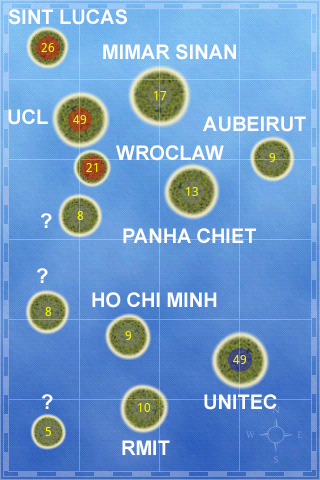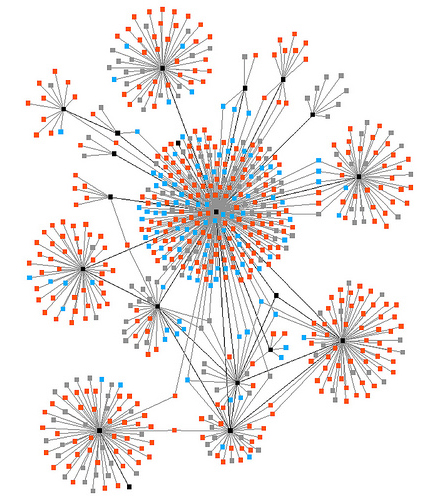179prs_WEBSITE AS BOOK: REVERSE DIGITAL
The book cover will feature our Old St Tech StartUp neighbours Moo.com and their NFC technology: information at a touch. On a book. NFC stands for Near Field Communication. It’s a protocol by which a wireless conversation is conducted between two pieces of closely-held electronics. Receive all the contents of a book without opening a page. Digital braille: touch the cover. With your phone. Blablablarchitecture/



197prs_AND THE WINNER IS: THE ARCHITECTURAL COMPETITION
In the lead up to the announcement of key 2013 architectural awards – with the Mies van der Rohe Prize for European Architecture, RIBA Awards and the Pritzker all due to be handed out in Spring 2013 – The “And The Winner Is..?” events series moves on to investigate the purpose and impact of architectural awards, and their effect upon the profession and the built environment. Coverage of the Stirling Prize may have been dropped from live TV in 2012, following a 10-year run on the airwaves, but new awards keep arriving on the scene; from industrial accolades to international celebrations of new architecture, from self nominated web-platforms to juried conferring of trophies from on high. Awards are growing in number and size, with increasingly diverse parameters, sponsors and objectives. But is this glut of awards reducing the significance of the culture of prize giving? The AF has chosen this moment to critique and explore the culture of award giving, with an invited panel of key award representatives. Dinner networking extravaganzas, or important platforms for the celebration of architectural quality? Prizes that encourage clients to commission agenda-setting architecture, or cliquey back-slapping exercises? Vital aids for public discussion of the built environment and the visibility of the profession, or cultural camouflage for real-estate endeavours? Ultimately, awards and prizes should recognise and encourage quality in the built environment, but how does and can this best happen? An international panel of key representatives, critics and practitioners will present their positions, across a condensed evening symposium. Panel:
- Farrokh Derakhshani, Director, Aga Khan Award for Architecture
- Tony Chapman, Head of Awards RIBA
- Martha Thorne, Executive Director, The Pritzker Architecture Prize
- Simon Allford, Director, AHMM Christine Murray, Editor, Architects’ Journal
- Sarah Graham, Ambassador, Global Holcim Awards, Founding Partner, agps architects
- Glenn Howells, Juror, BCO Awards; Director, Glenn Howells Architects
- Anthony Hoete, Referee, Game of Architecture, Founding Partner, WHAT_architecture Awards

179prs_ARCHILECTURE AS GAMESHOW!? IT’S THE BAG.
The practice-based doctoral research being undertaken by WHAT_architecture will be presented in Barcelona in three forms: as a 1600 page book, as an exhibition featuring just one large rubicon model and as a talk. Of these three forms of presentation that one that is currently most intriguing is the 3rd manifestation – the architectural lecture or let’s say architecture!
The conventional architect’s lecture is typically a PowerPointed monologue with a few obligatory questions raised by the audience (or the hosts) at the end. Yet it doesn’t have to be like this: the archilecture is the architect as game show host driving audience participation. Any presentation is after all a game of sorts: an interview for a job, pitching a project etc… are all measured in terms of success or failure. You either got it or you did’t.
The hit NZ game show ‘It’s The Bag” was unlike other game shows because instead of being filmed in a single studio the show went on the road to a different town each week and the set was assembled into a local community town hall. The contestants were locals selected from the audience by a pre-show qualifying process. Forty years later the presenter’s (real)name emerges as a optimistic synopsis of gaming opportunity: Selwyn Toogood = sell win, too good!
‘It’s In the Box’ is WHAT_architecture’s adaptation/ remix/ version of ‘It’s In The Bag’. The Barcelona audience will choose from an array of ‘buttons’ projected onto a screen. The audience will be asked to make choices that drive the archilecture. By simply asking what?, everything (WHAT_architecture) does is turned into discourse. Discussion. Live studio chat.



179boo_PRS2 REVIEW: BREAKFAST WITH LEON
Design Practice Research at RMIT is a longstanding program of research into what venturous designers actually do when they design. The program was established by Leon van Schaik and is probably the most enduring and sustained body of research of its kind: empirical, evidence-based and surfacing evidence about design practice. Two kinds of knowledge are created by this research. One concerns the ways in which designers marshal their spatial intelligence within which they practice design. The other reveals how public behaviours are invented and used to support design practice.
Anthony meet Leon for breakfast to talk tactics…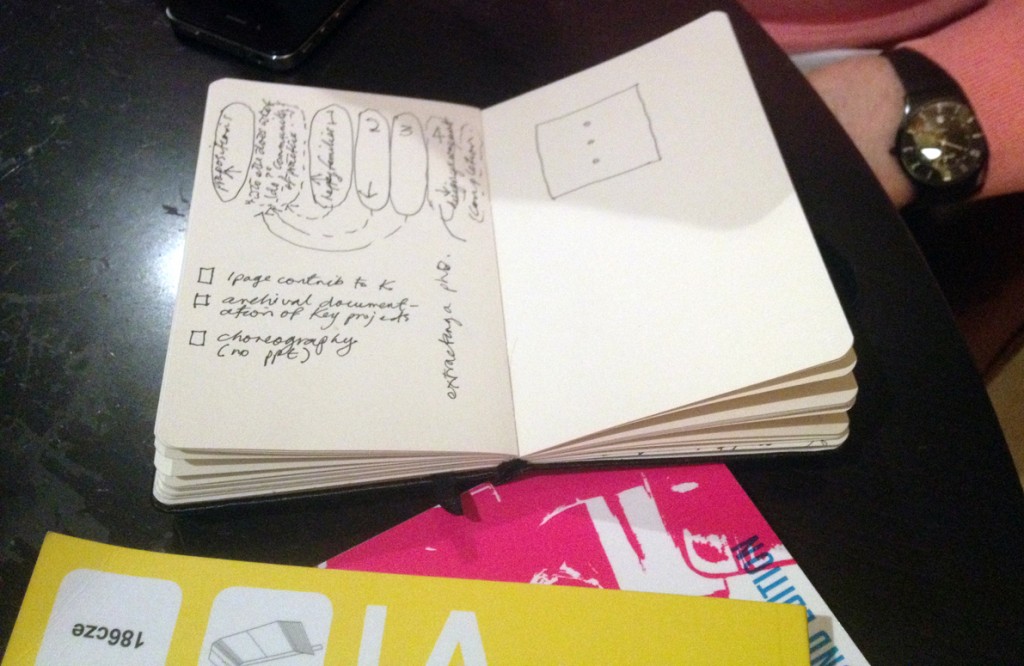
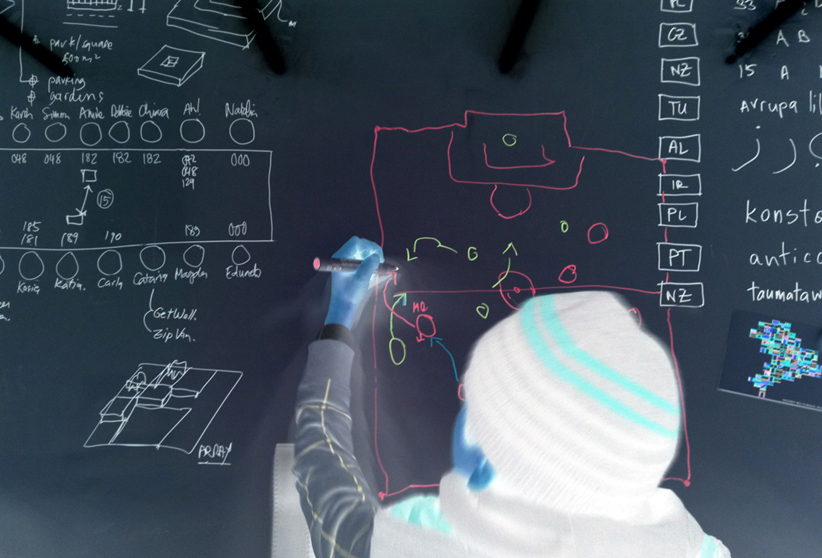



179prs_PRS2 REVIEW: THE ARCHITECTURE OF THE PHD.
On 25 Nov 2012, at 13:42, Martyn Hook ‘writes’ via WHAT_phone:
PRS2 Anthony Hoete (Ah!) interviewed by Melanie Dodd (MD), Nat Chard (NC), Mark Burry (MB), Richard Blyth (RB) and Martyn Hook (MH).
MD_Gaming is absolutely essential to the WHAT_architecture, but whilst the office seems to ‘play with architecture’ and put the fun-back-into functionalism,you personally think that such an approach to the PhD might not be taken seriously as it lacks rigour. This is a healthy dilemma to have: the concerns of authorship and ability. WHAT_architecture non-project activities such as the PhD could be a starting point. Be less worried about the inherent capacity of the processes to be valid as the body of work to date has a particular…
Ah!: …a particular what !? [MH: the text SMS truncated MD’s sentence and a vital word missing. We could spend the next 2y trying to locate that missing word!]
NC_The WHAT_architecture office manual (The Automatic Manual) could be a really useful device. If the question is how does one find rigour then maybe articulating why that matters in a manual would allow people in the office…
Ah!: – to play? To participate in the PhD project? Yes the Automatic Manual represents the playing instructions. The thesis as operating system. Staff = players; office = game board; projects as pieces.
NC_It would allow you to understand how the office works and communicate how it could be useful. Tom Sachs film ten bullets introduction to workers in the studio but it also allows insight to the studio.
MB_what I’m detecting a reticence. You are actually asking what is the rigour not is there a rigour. The work has great quality that is where the evidence of rigor lies. Accept leadership in a flattened context but empower people to contribute.
GC_what is next.
Ah!: …yes, WHAT_ is next.
GC_Commentary on the ‘thesis’ as the antithesis don’t worry about it find the path. Extracting the research from the practice is the point.Amplify the office manual. An intellectual manual for not simply instruction.
MD_the board game idea of how to play.
RB_the problem is not what the rigor is the issue is how to use the rigor that is present. You are dodging and weaving around it. The blog is extraordinary. Immaterial imaging of the material. A mash up approach to grounding the material. The blog is also an immaterial ground the stuff what’s the process of editing the blog the blog is the ground against which you set plays against.
No time to think the team just do it. How the blog itself could be seen as Phd could be a series of plays against the blog. Reflection occurs in the doing tease out each play.
MH_fight close to the bull…
Ah!_…bullding? Did you say close to the building mate?
Ah!:_The Ph.D. thesis manifest not as a book but as a building. What would the architecture of the Ph.D. be like? A building that was a designed, built and presented as a Ph.D? In engaging with the Architecture of the PhD we attain a hyper reflexive practice, and practice makes perfect. I will present PRS3 as a ‘game chat show’ and to avoid the technical problems I encountered in both PRS1 and 2 it will project live from the web into the Gent studio. Audience beware!
Martyn Hook
ReSent from his WHAT _Phone







179boo_quick flick
This RMIT Interview between Martyn Hook and Anthony Hoete was first published on blablablarchitecture:
MH: What book?
Ah!: Dictionary/cookbook/atlas/novel/encyclopaedia/magazine/web blog in print?
MH: Why a book?
Ah!: Thesis/physical object/snapshot.
MH: Who wrote this book about?
Ah!: WHAT_architecture: MagdAh! MH: When will the book be published? Ah!: It’s not one book: but a sequence of books that result in one final tome: !? By way of example here is a pre-book: a pamphlet which is a quick flick through a project primed in it’s Arabasic version. MH: Looks like a glossy brochure. Ah!: Yep, let’s rip it up and start again… must do better! Ah! … for example, if we build on these book examples we at least develop the plot:
000off_KEY PERFORMANCE INDICATORS
Thanks to informatics, key performance indicators (KPIs) can measure the influence of both the team and the individual. The data scapes that we use to inform and influence the design of ‘buildings’ can now be applied to the ‘architect
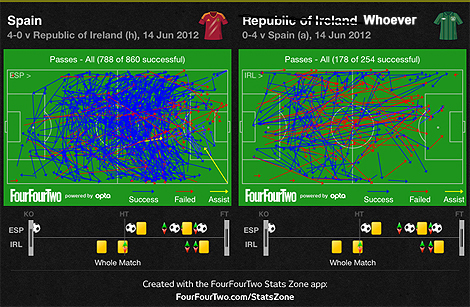
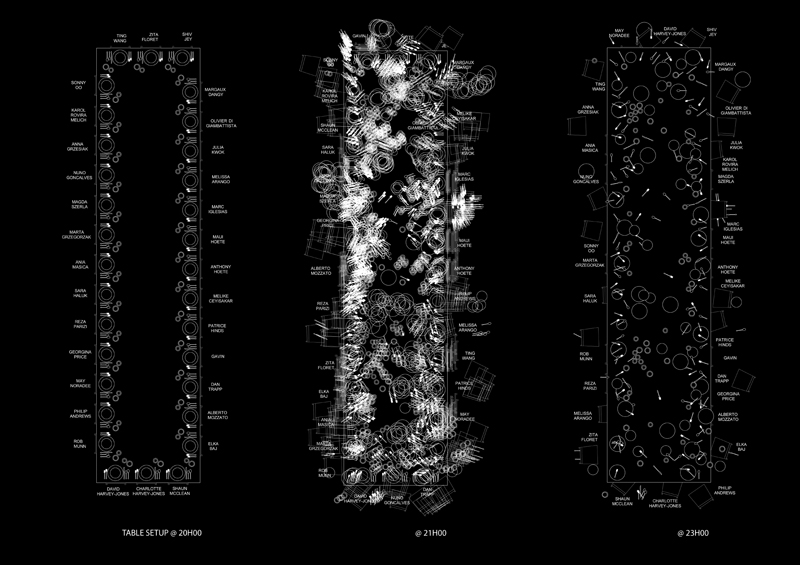
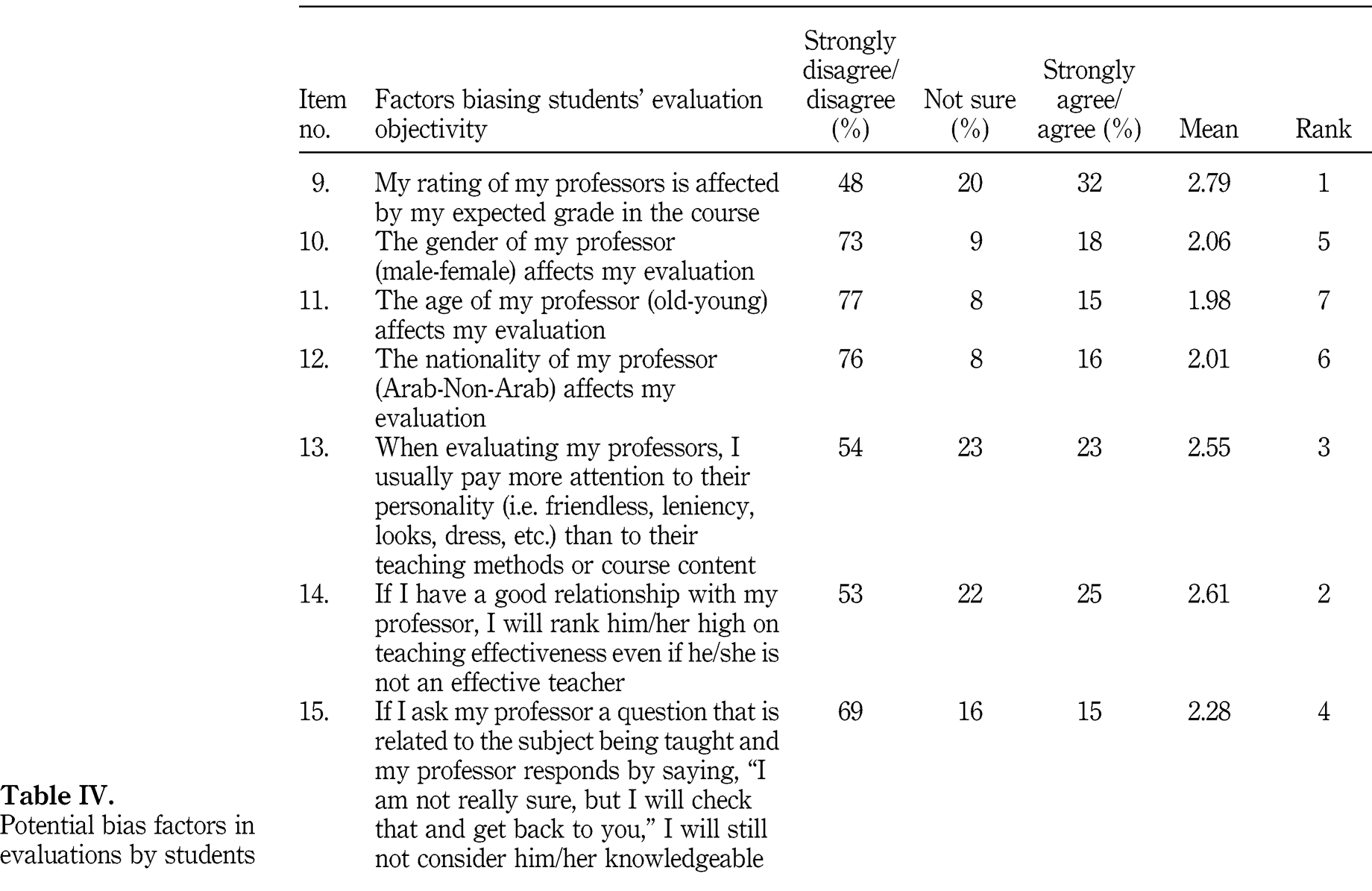




179prs_WHAT_architecture school
WHAT_architecture to establish an architecture school in Cambodia? Thanks to the facilitation of the ‘Initial Public Offering Incubator’ which grooms Cambodian companies for stock exchange listing, Panha Chiet University could soon integrate into the WHAT_architecture branded ‘ArchiPelago’: where students are clustered around architecture schools to form a network informed by practitioner-led design studios…
